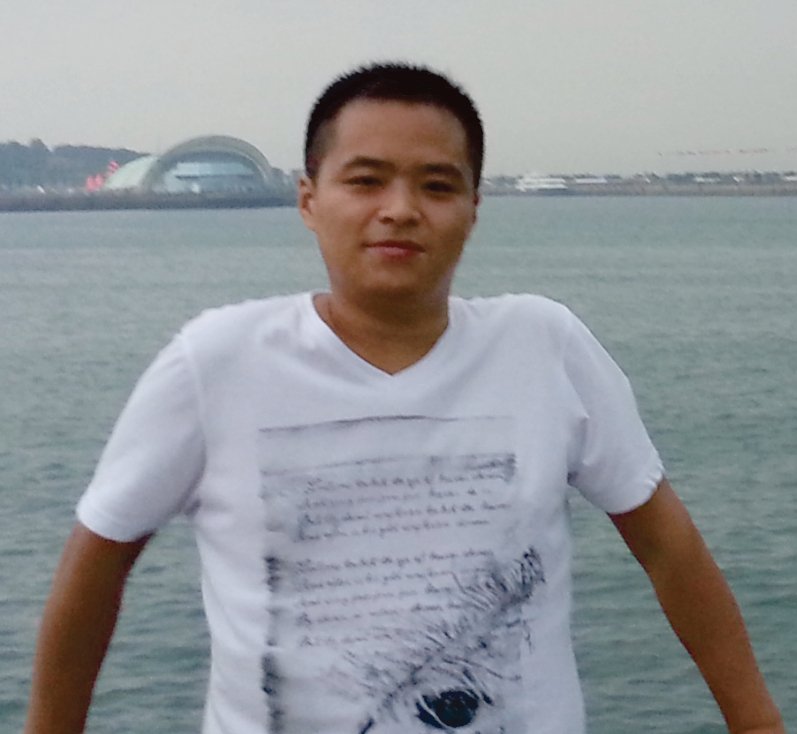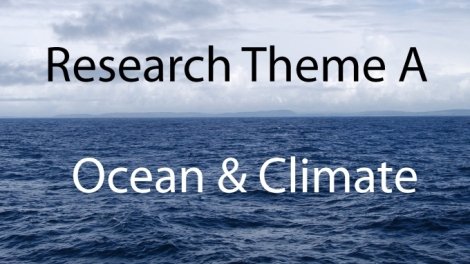- Graduate School GLOMAR
- PhD student members
- Haozhuang Wang
Haozhuang Wang
| Institution: | University of Bremen |
| Room: | MARUM II, room 3260 |
| Phone: | +49 421 218-65849 |
| E-mail: | [Bitte aktivieren Sie Javascript] |
| Other webpage(s): | Haozhuang's MARUM web page |

PhD project:
The long-term development of cold-water corals and coral mounds controlled by changing environmental conditions, West Melilla Coral Province, Alboran Sea, west Mediterranean Sea
Cold-water Corals (CWC) show a worldwide distribution. The two scleractinian species Lophelia. pertusa and Madrepora. oculata are the most prominent and most common framework-forming CWCs. They can create huge three dimensional structures, called coral mounds, and both of them can provide habitats for faunal community. Their role in deep-sea oceanography and potential threats from human activities has attracted lots of scientific research.
Today, the proliferation of CWC relies on water masses with specific physical and chemical properties. And studies showed that the temporal occurrence of CWC and the development of coral mounds in NE Atlantic Ocean are controlled by environmental changes being related to glacial-interglacial cycles. Thereby, ocean surface productivity, and intermediate current dynamics are the main factors influencing the proliferation of CWCs as both factors steer the availability and delivery of food to the sessile CWCs. Besides the NE Atlantic, also the Mediterranean Sea shows a wide distribution of live and fossil CWC and even coral mounds are known from the Mediterranean realm. In the Alboran Sea (the westernmost part of the Mediterranean Sea), live occurrences of CWCs have been observed in the east Melilla Coral Province (EMCP), northern part of the Alboran Sea, etc. While no live CWCs were observed in the west Melilla Coral Province (WMCP).
For the past times, L. pertusa and M. oculata were prolific in EMCP during BØlling - AllerØd interstadial (13.5-12.8 ka BP), Early Holocene (11.3-9.8 ka BP) and Mid- to Late Holocene (<5.4 ka). Besides, two CWCs growth phases in the mounds were observed in the Dhaka and Maya mud volcanoes (MVs) in east Alboran Sea: (1) ranging from 4, 175 ka BP to 2, 230 ka BP at Dhaka MV; (2) between 15, 583 ka BP and 7, 631 ka BP at Maya MV. But our knowledge about the past occurrence of CWCs in the WMCP is rather limited due to lack of sediment core material. This may probable due to the differences in the locally different hydrodynamic and sedimentary regimes.
The proposed research aims to understand the differences in environmental conditions today and on geological time scales that control the occurrence of CWCs. A gravity core collected from the WMCP in the Alboran Sea will be used to reconstruct the temporal occurrence of corals and the development of coral mounds (by U-series dating, computerized tomography (CT) scanning), while the gravity core collected from off-mound site will be used to correlate these changes to periods of coral proliferation and/or decline.
Thesis committee:
| Prof. Dr. Dierk Hebbeln | University of Bremen |
| Dr. Claudia Wienberg | University of Bremen |
| Dr. Jürgen Titschack | University of Bremen |
| PD Dr. Matthias Zabel | University of Bremen |



